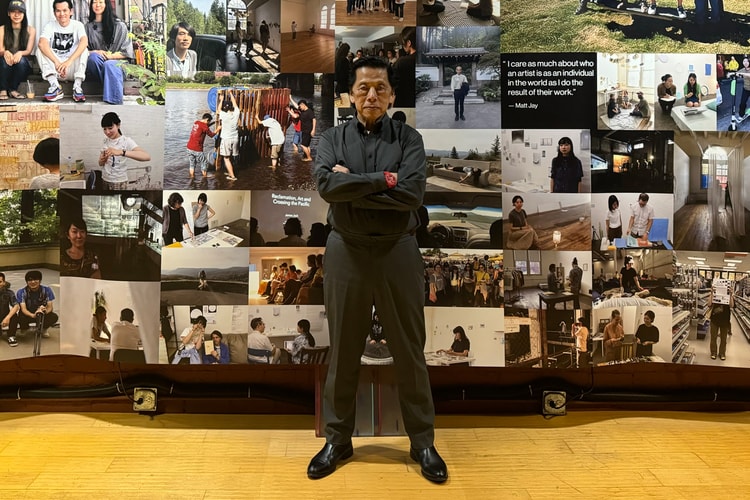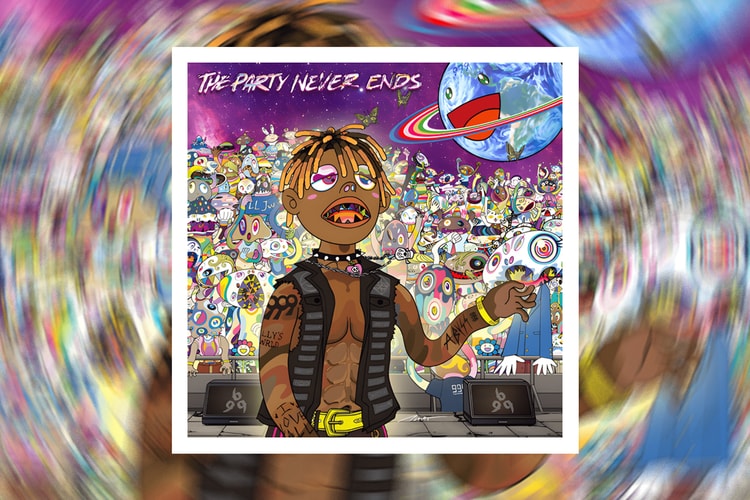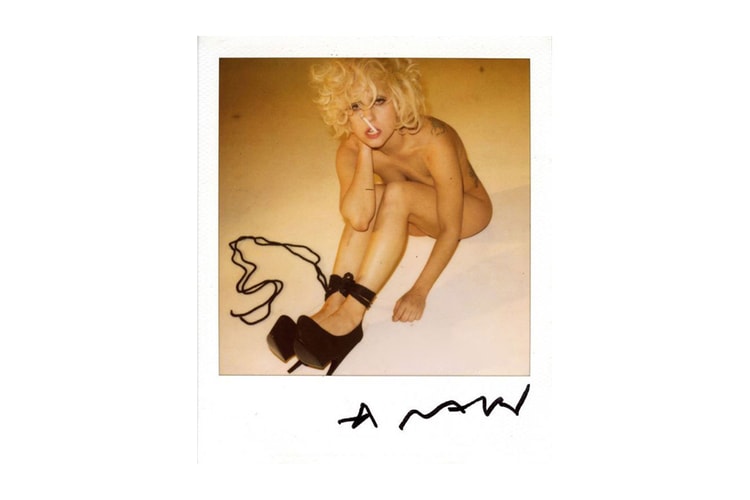Asian on the East End: A Hamptons Bao-BQ
In the shadow of bánh mì lives the bao. Gua bao, to be precise, refers to a light, fluffy












In the shadow of bánh mì lives the bao. Gua bao, to be precise, refers to a light, fluffy Taiwanese-style bun and has also become a colloquialism for whatever masterful combination of meat and spicy, pickled or tangy accoutrements that bun may be lucky enough to cradle. Despite the recent success of the previously-cited Vietnamese master-sandwich as well as a slew of other foreign delicacies, from the Indian dosa to the ubiquitous Mexican taco, the bao has yet to truly stake its claim in the hipster-fueled revival of adventurously ethnic food that has scoured the urban landscape here in New York over the last few years. There are, of course, two exceptions: Momofuku and their deliriously good bao-enshrouded pork bun, and Eddie Huang and his sensational, cunningly-named Taiwanese outpost Baohaus. Yet, despite currently chomping down on a myriad of Taiwanese-inspired dishes myself, I’m not in the East Village nor am I on Rivington Street. I’m in Southampton.
That’s right, Southampton – the home of fully non-ironic madras wearers, a “pop-up” Nobu and a slew of exclusive, white-collar country clubs where even thinking about trendy Asian street food might get you quietly yet hastily expelled. What happened here?
What happened is Mr. Huang, and his Zagat and Moet & Chandon-sponsored Bao-BQ at the Southampton Social Club here on the illustrious South fork of Long Island. Due to, and perhaps despite of, a heaping of organic produce, fresh seafood and selective vintage wines out in the Hamptons, the cuisine tends to veer towards traditional. Want a steak? Got it. Burger? No problem. Oysters? The splat is on its way. When it comes to anything less Anglo-Saxon, however, things start to get iffy. Strangely enough, in the land of the $100 per pound lobster salad, adventurous eating seems to be at an all-time low. That’s what makes this Bao-BQ so inspired and, concordantly, so brave.
Huang works hard all night, manning the BBQ station in a Wu-Tang “CREAM” tank top, shades and shiny grey Nikes. The menu consists of Taiwanese fritas, short rib with hot pot sauces, char slu pork butt and belly, Taiwanese sardine potato salad, five-spiced steamed head-on shrimp, pork belly succotash with leeks, and corn and a refreshing watermelon salad for dessert. Despite being marketed as a coursed-out meal, the Bao-BQ functions much like a cafeteria lunch, with scenesters and Hamptonites alike lining up for their dinner with a sense of begrudged excitement. Belvedere, Hennessy Black and Moet (in special, gold-encrusted bottles) flow freely – although the event’s coordinators will eventually run out of champagne, causing a small ruckus in the process. Despite the overwhelming informality of the dinner party, the food is far from amateurish. In stark contrast to the complaints of patrons waiting in line, the woes about the last-minute venue switch from the Paige Estate to the Social Club and the horror over an open bar running dry on bubbly, there remains nothing less than hushed reverence for the pork belly, the sliders, the succotash.
In spite of the cacophony of flavors that the evening has been host to, what’s really most important about this event is that it happened at all. That men like Eddie Huang can so successfully infiltrate the Hamptons with indigenous Taiwanese cuisine sends the same message as men like David Chang revolutionizing the publishing industry: that inventive Asian cooking isn’t just here to stay, it’s the new paradigm. That’s not to say that American-inflected Eastern culinary experiences are ever going to be as widely-accepted in haute cuisine as, say, traditional French food, however. Somehow I still doubt that the seersucker set will be chomping down on kimchi at The Maidstone anytime soon – and that’s their loss.
Douglas Brundage is a born-and-bred New Yorker and aesthete who has been writing, editing and branding in one form or another for most of his life. A frequent contributor to HYPEBEAST with experience in both the advertising and editorial worlds, Douglas’ interests in food, travel, hip-hop, fashion and marketing have allowed him to garner the unique ability to discuss everything from Woody Allen to Kanye West. He curates and writes original content for two of his own blogs, one on trends in mixology and another regarding branding and design. Check out his Twitter for a barrage of links to articles on things you never thought you needed to know about.
Photography: Steven Lau
















